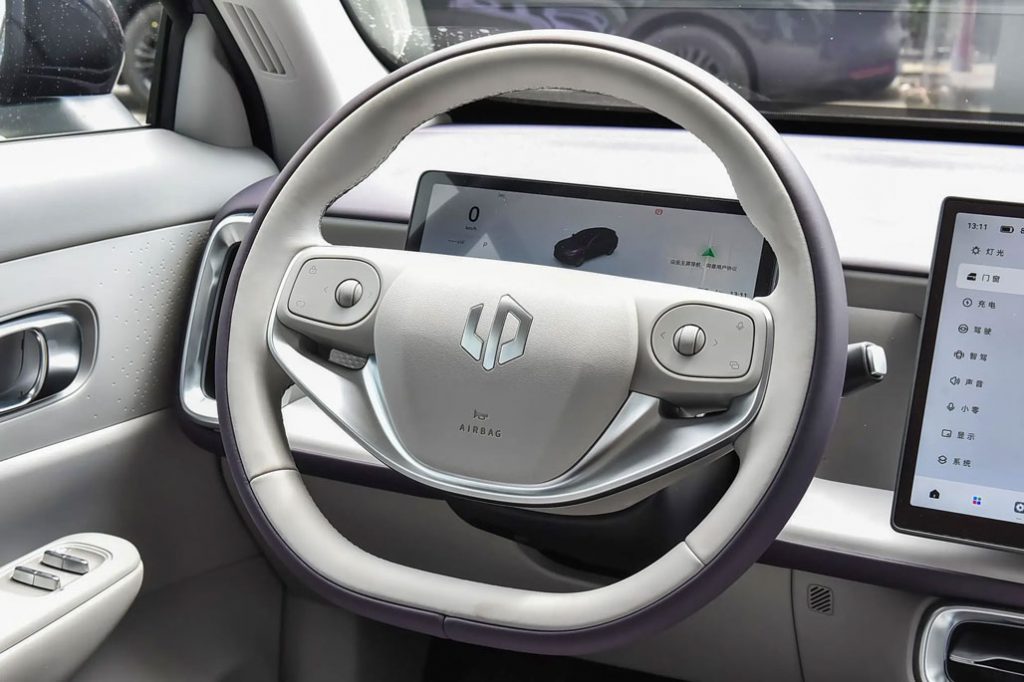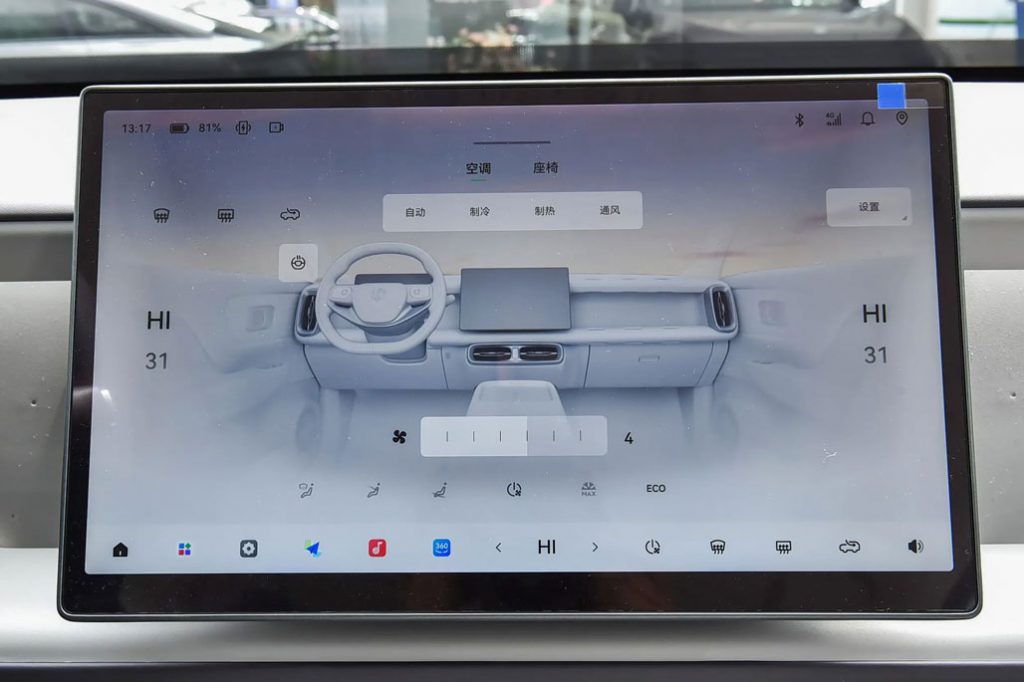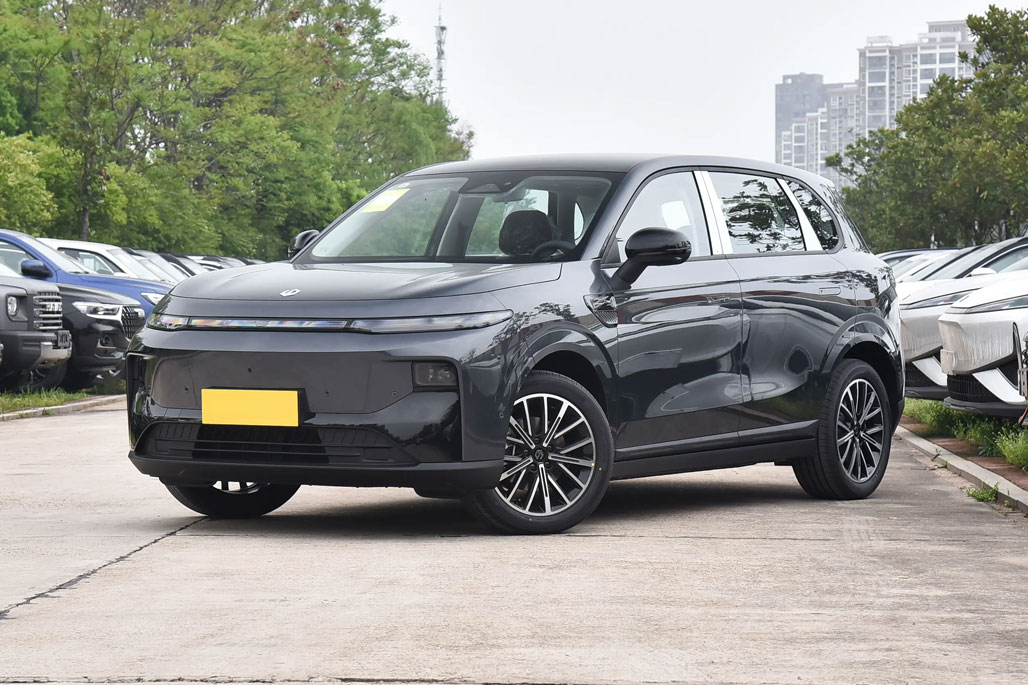When the “price war” swept through the new energy market, Leapmotor entered the red ocean of pure electric SUVs with B10. This mid size SUV, built on the Leap 3.0 architecture, features the standard 8295 chip, optional LiDAR, and supermodel die cast body across the entire range, attempting to remove the label of “low-end OEM”. Faced with the encirclement of BYD Song PLUS EV and Xiaopeng G3i, can it rewrite the market rules with “top of the line technology sinking”? We dissect the truth from three major dimensions.


The Bipolar Controversy of Subtractive Aesthetics
The LingPao B10 adopts the design concept of “borderless blank space”: the closed front face only retains the through type LED light strip, eliminating the traditional air intake grille; The suspended roof and hidden door handles form a 0.245Cd ultra-low wind resistance, but the angled design of the C-pillar triangular window has been criticized for suppressing the rear visibility. The biggest highlight is the split matrix headlights – with 260 built-in LEDs that can project interactive light messages, but optional.
Contradictory point: The minimalist design caters to the aesthetic preferences of young people, but sacrifices the traditional user preference for “grandeur”. The similarity between the taillights and the Porsche Macan has raised questions about the originality of the design.



Experience reconstruction under chip hegemony
The LingPao B10 is equipped with the Qualcomm 8295 chip and Leapmotor OS 4.0 system as standard across the entire range, achieving a powerful performance of “0.4 seconds on, 300ms voice response”. The interior adopts a three-layer material stacking: the center console is covered with antibacterial microfiber leather, the door panels are embedded with bamboo fiber environmentally friendly decorative panels, and the seats are made of high elasticity memory cotton and nano anti fouling coating.
Humanized subversion:
Driver’s privilege: The 14.6-inch 2.5K center console screen (similar to the Ideal L series) can slide, and it forms a three screen linkage with AR-HUD, but the passenger entertainment screen needs to be optionally installed.
Space magic: The rear seats support 12 levels of pitch adjustment (25 ° -40 °), and the flat floor design allows for knee space of 910mm, surpassing most B-class fuel vehicles.




Fully self-developed sweetness and pain
Equipped with LingPao’s self-developed “Pangu” oil cooled flat wire motor, the rear drive version has a power of 200kW, and the four-wheel drive version is combined with a 170kW front motor, achieving zero to 100 acceleration in 5.9 seconds. The battery offers options of 66kWh lithium iron phosphate (CLTC 520km) and 88kWh ternary lithium (CLTC 680km), and supports 4C overcharging (providing 300km of energy in 10 minutes), but the actual charging pile coverage is insufficient.
Technological breakthrough:
CTC 2.0 chassis: battery and chassis integrated design, increasing volume utilization by 17%, at the cost of a 30% increase in maintenance costs.
Intelligent thermal management: The battery life retention rate in a -30 ℃ low-temperature environment is 78%, which is better than the 72% of BYD e-platform 3.0.


The ‘arms race’ trap of LiDAR
The high-end version of the LingPao B10 is equipped with the Sagitar Juchuang M1 LiDAR, achieving NAC navigation assisted driving (covering 95% of high-speed scenes), but the computing bottleneck is obvious – the Orin-X chip is only 128 TOPS, far lower than the 508 TOPS of the Xiaopeng XNGP. In actual testing, the vehicle’s recognition distance for construction roadblocks is 3.5 meters shorter than that of the WENJIE M5, indicating a conservative lane change strategy. Core contradiction: Hardware stacking has not fully realized the experience upgrade, and algorithm optimization is still a weakness.
No dealer quotes available at the moment
